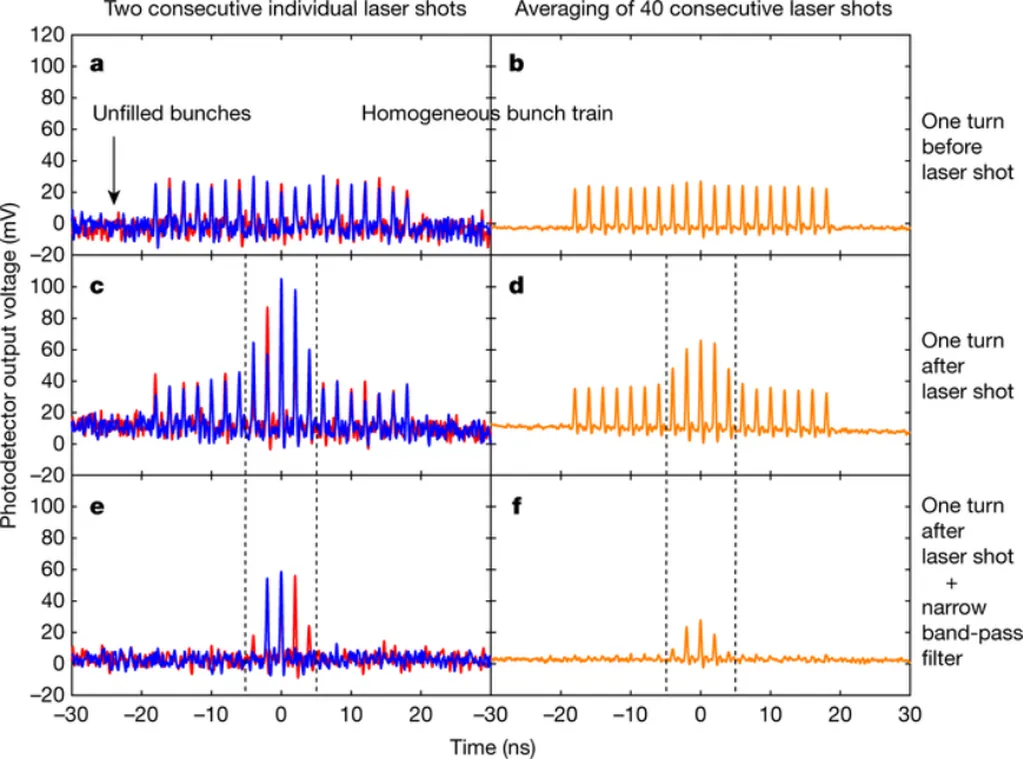In the quest for enhanced lubrication technologies, a team of researchers led by Jianing Xu from the State Key Laboratory of Tribology in Advanced Equipment at Tsinghua University has made a significant stride. Their work, published in the journal *Friction* (which, in English, translates to “Friction”), delves into the intricate world of hydration lubrication, offering insights that could revolutionize industries where friction and wear are critical concerns, particularly in the energy sector.
The study focuses on ultra-high molecular weight polyethylene (UHMWPE), a material widely used in various industrial applications due to its durability and low friction properties. Xu and his team modified UHMWPE with different types of polyelectrolytes—polymers that dissociate in water to form charged particles—creating surfaces with diverse charge characteristics. These modifications included polyanionic, polyzwitterionic, and polycationic brushes, each interacting differently with surrounding ions and water molecules.
The researchers discovered that the charge characteristics of these polyelectrolytes significantly influence the hydration lubrication performance of the modified UHMWPE. “We found that hydrated ions play a crucial role in achieving exceptional hydration lubrication,” Xu explained. “The adsorption of these ions onto oppositely charged surfaces contributes to load-bearing and friction reduction.”
The study revealed that as the concentration of ions increased, all polyelectrolyte-modified UHMWPE showed improved hydration lubrication. This finding underscores the importance of hydrated counterions in enhancing the lubrication properties of charged polyelectrolytes. Moreover, the team observed that polyanionic poly(3-sulfopropyl methacrylate potassium) (PSPMK), which has the highest surface charge density among the tested polyelectrolytes, exhibited the strongest hydration lubrication, enabling macroscale superlubricity.
The research also highlighted the impact of different counterions in the solutions. “We saw a clear sequence of hydration lubrication performance based on the strength of ion hydration,” Xu noted. “More strongly hydrated ions resulted in lower friction and wear.”
The implications of this research are profound, particularly for the energy sector. In industries such as oil and gas, where equipment operates under extreme conditions, reducing friction and wear can lead to significant cost savings and improved efficiency. The findings suggest that by carefully selecting and modifying polyelectrolytes, it is possible to create materials with superior lubrication properties, potentially extending the lifespan of critical components and reducing maintenance costs.
Furthermore, the study opens up new avenues for developing advanced materials tailored to specific applications. “Understanding the combined influence of ion adsorption density and ionic hydration strength is key to optimizing the hydration lubrication performance of modified materials,” Xu said. This knowledge could pave the way for innovative solutions in various fields, from medical implants to industrial machinery.
As the world continues to seek more efficient and sustainable technologies, the insights gained from this research could play a pivotal role in shaping the future of lubrication science. By harnessing the power of polyelectrolytes and hydration lubrication, industries can look forward to a new era of enhanced performance and reduced environmental impact.

